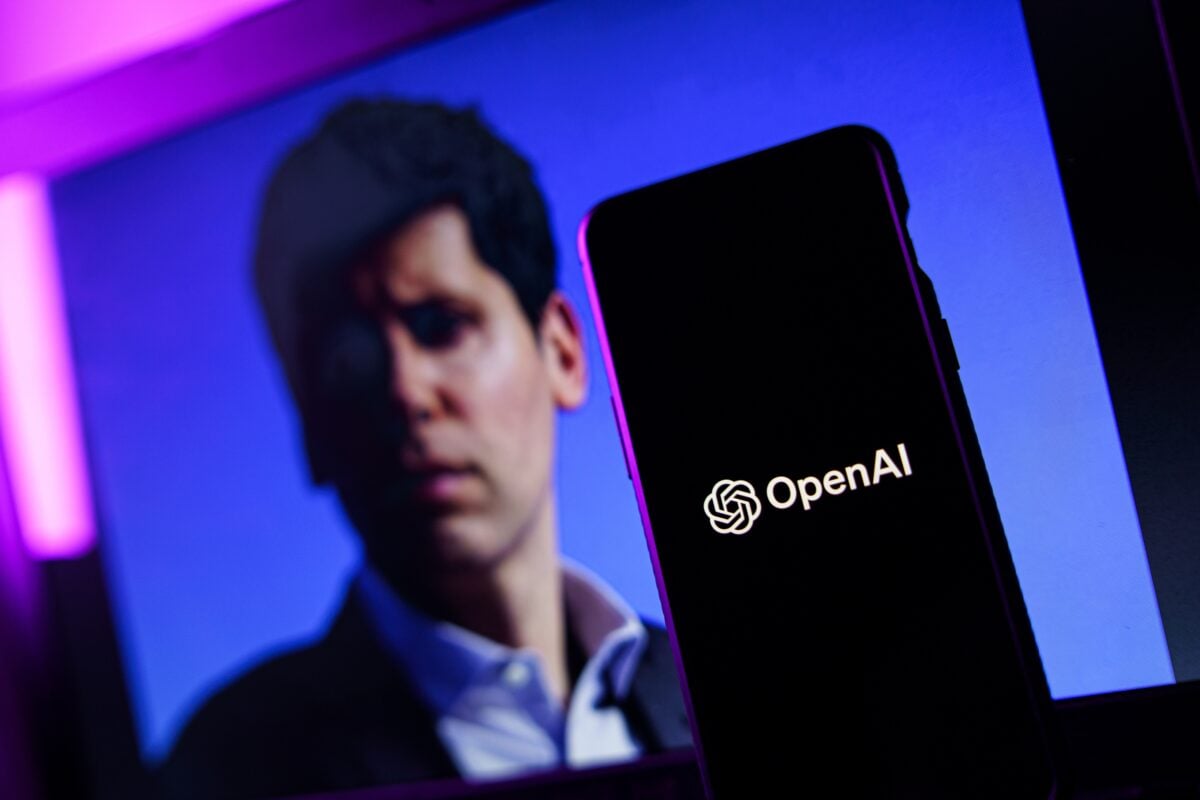TLDRs:
- OpenAI pivots to enterprise with GPT-5, providing faster setup and cost-effective AI for startups.
- Box, Vercel, and Factory adopt GPT-5, citing improved coding and complex task management.
- GPT-5 pricing undercuts competitors, aiming to capture market share from Anthropic’s Claude models.
- Enterprise adoption drives AI market growth, with OpenAI expanding sales teams globally.
OpenAI is accelerating its enterprise strategy with the rollout of GPT-5, targeting startups and established businesses seeking faster, more affordable AI solutions.
While the model faced initial criticism, OpenAI reinstated GPT-4 access for paid subscribers, highlighting its commitment to user flexibility.
Startups such as Cursor, Vercel, and Factory have already integrated GPT-5 as the default model for coding and planning tasks, citing its faster setup and lower operational costs. Box, a leading cloud content management firm, reported notable improvements in document analysis and complex workflow handling using GPT-5. Other tech companies, including Qodo and JetBrains, echoed similar praise for the model’s capabilities.
Faster, Smarter, Cheaper
The visual impact of GPT-5 adoption extends beyond efficiency gains. Startups leveraging the model are able to streamline operations and accelerate development timelines.
OpenAI has made GPT-5 accessible through both Microsoft Azure and its proprietary API, ensuring enterprises can integrate AI tools with existing infrastructure.
This dual-access strategy positions OpenAI as a flexible partner for businesses of all sizes, from startups to large enterprises.
Startups Lead GPT-5 Adoption
The shift toward enterprise represents a strategic departure from OpenAI’s historically consumer-focused approach.
Currently, ChatGPT Plus subscriptions account for 80% of OpenAI’s revenue, in contrast to competitors like Anthropic, which derive most of their earnings from enterprise API usage. Analysts suggest that focusing on enterprise adoption offers more sustainable revenue streams and broader growth potential.
Market projections reinforce this trend. The generative AI sector is expected to expand from $10.9 billion in 2023 to $42.6 billion by 2028, with enterprise clients driving much of this growth. OpenAI’s pricing strategy for GPT-5—significantly cheaper than Anthropic’s Claude models, indicates a deliberate move to capture enterprise market share even at the cost of short-term margins.
Market Moves and Strategy
Enterprise clients represent both an opportunity and a risk for AI providers. Anthropic’s revenue, heavily concentrated among just two major customers, illustrates the vulnerability of relying on a narrow client base.
GPT-5’s competitive pricing offers enterprises a cost-efficient alternative, creating a potential shift in the AI-powered coding market.
Historically, losing a single large client in enterprise software can drastically impact growth, highlighting OpenAI’s advantage in diversifying its customer base early.
OpenAI Expands Access Globally
OpenAI’s expanded enterprise sales team, combined with aggressive market positioning, signals a decisive push into the business segment.
As startups and established companies increasingly adopt GPT-5 for coding, planning, and complex task management, the AI landscape is poised for a new phase of competition and innovation.
With GPT-5, OpenAI aims to balance cutting-edge AI performance with affordability, ensuring enterprises gain both speed and cost efficiency. The model’s uptake among startups and tech companies demonstrates its growing influence, potentially reshaping how businesses deploy AI in the coming years.






